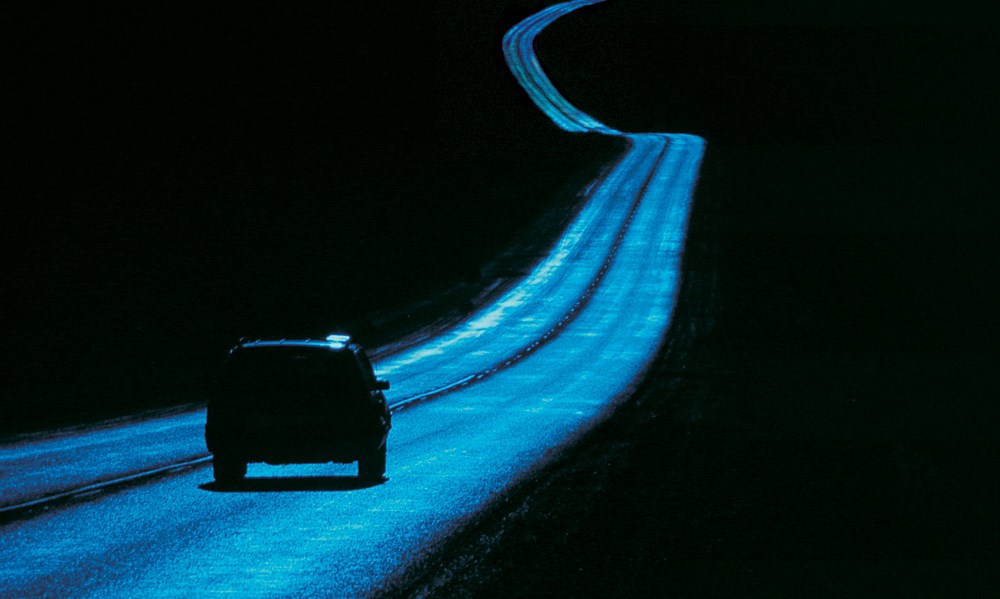
Night-time driving can create some of the most dangerous driving conditions possible. Whatever the weather or road surface, night driving greatly reduces visibility and completely changes the experience of being in a car. Indeed, many drivers prefer not to drive after dark, restricting any such journeys to absolute necessity.
Driving at night doesn't have to be such an ordeal. Cutter Automotive Galleries's sensible precautions and being respectful of the conditions should ensure that you're able to drive safely without risking your safety or anyone else's. If you need to drive at night, consider these following safety tips.
Slow Down
Remember that speed limits are set for normal driving conditions during daylight hours. After dark, you should moderate your speed accordingly. One way to test this is to gauge how much of the road your headlights are illuminating. Your headlights should provide at least four seconds' driving headway in front of you. Maintain a good distance between you and the car in front at all times.
Blinded by the Light
High-beam headlights are designed to illuminate as much of the road as possible. You should aim to use your high-beam as much as possible when driving at night, as this will maximize visibility. It is important, however, to ensure that this does not come at the expense of other drivers. Dim your lights when traffic approaches from the other direction, and also cross-traffic. You should also dim your high-beam headlights when you approach somebody from behind. Drivers dazzled by high-beam headlights can easily cause accidents.
Keep Your Eyes Moving
Safe driving practice includes keeping your eyes moving at all times so that you don't focus solely on one thing. This is particularly important at night, where your vision can quickly be dazzled by focusing on car headlights. When vehicles approach, it is recommended that you look slightly to the right of the approaching headlights. Look for flashes of light that will appear at hilltops or on the curve of a bend to indicate that another car is approaching.
Be Careful if You're Tired
Fatigue can be a killer when it comes to night driving. The darkness and general lack of visual stimuli can quickly encourage sleepiness, and your tired eyes need only close for a split-second to cause disaster. Ensure that the cabin is well-ventilated. Even in very cold weather, open the window briefly for a gust of fresh air. Take regular breaks and, if possible, share driving with others, particularly on long journeys.
Preventative Maintenance Can be a Lifesaver
Make sure that your car is appropriately maintained for night driving too. Headlights and windshield should be kept very clean to make sure that dirt and objects don't obstruct visibility or distract the driver. Remember to clean the inside, too. The efficiency of your headlights will be greatly reduced if they are dirty, as well, so ensure that they are kept as clean as your windshield.
Night driving doesn't appeal to all drivers, but can be a great way to avoid crowded roads and arrive at your destination quickly and safely. Observe these basic safety tips and there should be no reason to fear driving in the dark.
